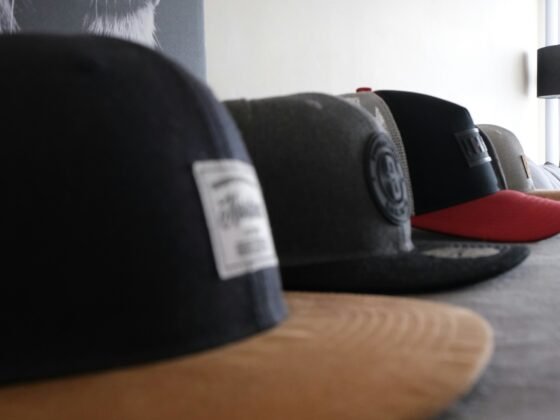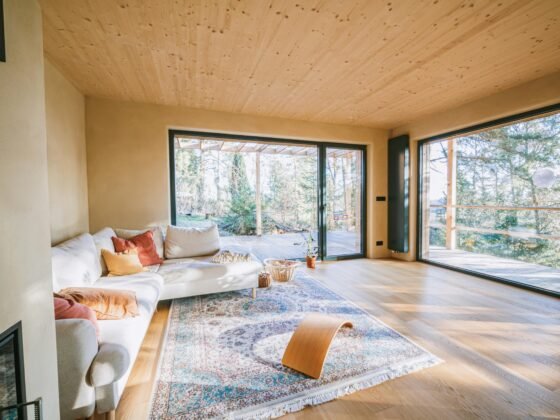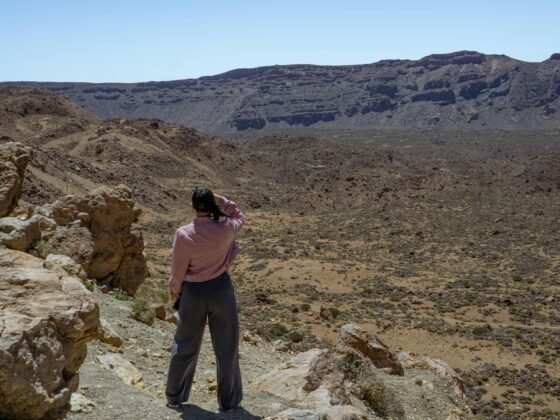If you’re planning to camp or rough it in cheap rooms during your travels, you’re likely to need a sleeping bag.
There are a number of important suitability factors to consider when you’re choosing a sleeping bag, including its price tag, shape, weight, temperature rating, and insulation material – and how small it will stuff down to fit inside your pack.
Obviously for occasional, summertime camping there will be no need for a premium, high-tech sleeping bag built for wintry conditions. But in destinations where the weather is notoriously unpredictable – such as here in the UK – you have to consider the lowest possible temperature that you might encounter, and bear in mind how far you will be carrying it, whether it’s likely to get wet, and so on.
Season rating
Probably the first consideration is the season rating. Confusingly, there is no universal standard for rating the season of sleeping bags – ratings basically vary from one manufacturer to another. However this should give you a general guide:
- 1 season sleeping bags are perfect for those travelling to warm or tropical destinations, because they provide a minimal amount of warmth whilst still offering basic protection against the elements and biting insects. Comfort temperature is around 15 degrees.
- 2 season sleeping bags generally have a comfort rating of around 5-10 degrees, and offer a more versatile sleeping bag which can be used in warm and tropical climates, but will also keep you warm in slightly cooler destinations (especially if you use them in conjunction with a sleeping bag liner).
- 3 season sleeping bags offer a great all-round sleeping bag solution, recommended for colder climates. Most will keep you warm even if the temperature drops below zero – but read each product description for details. Would be too warm for use in tropical climates.
- 4 season sleeping bags are the warmest of all however they should only be used in cold climates as they are always bulky due to the insulation needed and will make you uncomfortably hot when used in warmer climates.
When you’re shopping, make sure you pay close attention to the various temperature ratings and find one that will be suitable for your destinations. Check that the sleeping bag has been tested to EN 13537 which is the European standard for ensuring the temperatures quoted are realistic. It’s safest to err on the side of caution and buy for the coldest temperature you might experience – but don’t overdo it, or you could be roasting and uncomfortable.
The warmth will depend on the sleeping bag’s insulating material, loft (how much the insulation ‘fluffs up’ – the more loft, the greater the warmth) and construction. Remember that temperature ratings assume that the sleeping bag will be used on top of a ground mat. If you’re planning to camp in warm conditions but also want your sleeping bag to be comfortable on cooler Spring and Autumn nights, look for a “three-season” sleeping bag.
Weight
When you’re backpacking, the weight of your pack is a huge factor in determining how comfortable you’ll be during your trip. A one-to-two season sleeping bag might weigh in at around 660 grams — whereas at the other end of the spectrum, a cosy four season sleeping bag might be closer to 1250 grams. Obviously the lighter the better, but not at the expense of your sleeping comfort – if you choose something just because it’s light and you find it’s not warm enough, you’re only going to be tired and miserable!
Shape
There are two basic shapes to choose from: the more popular ‘Mummy’ shape, which tends to pack down smaller and fit your body more snugly which in turn makes it contain warmth better; and the ‘Classic’ rectangular shape, which is less popular amongst most travellers now, and takes up more space (but does offer a bit more leg room).
Stuffing
Sleeping bags are manufactured with either natural or synthetic stuffing. There are advantages and disadvantages to each. Natural (e.g. down) stuffing is often more expensive, needs greater care, but packs down well. Synthetic (e.g. hollowfibre) stuffing tends to be cheaper, bulkier, but quicker to dry if it gets wet. If you have enough space in your pack, it’s worth buying yourself a small camping pillow, as well – a bundle of folded clothes is never as supportive or comfortable, and can leave you with a painfully stiff neck.












